
AeroGenie: il tuo copilota intelligente.
Tendenze
Categories
A Century of Innovation at Boeing
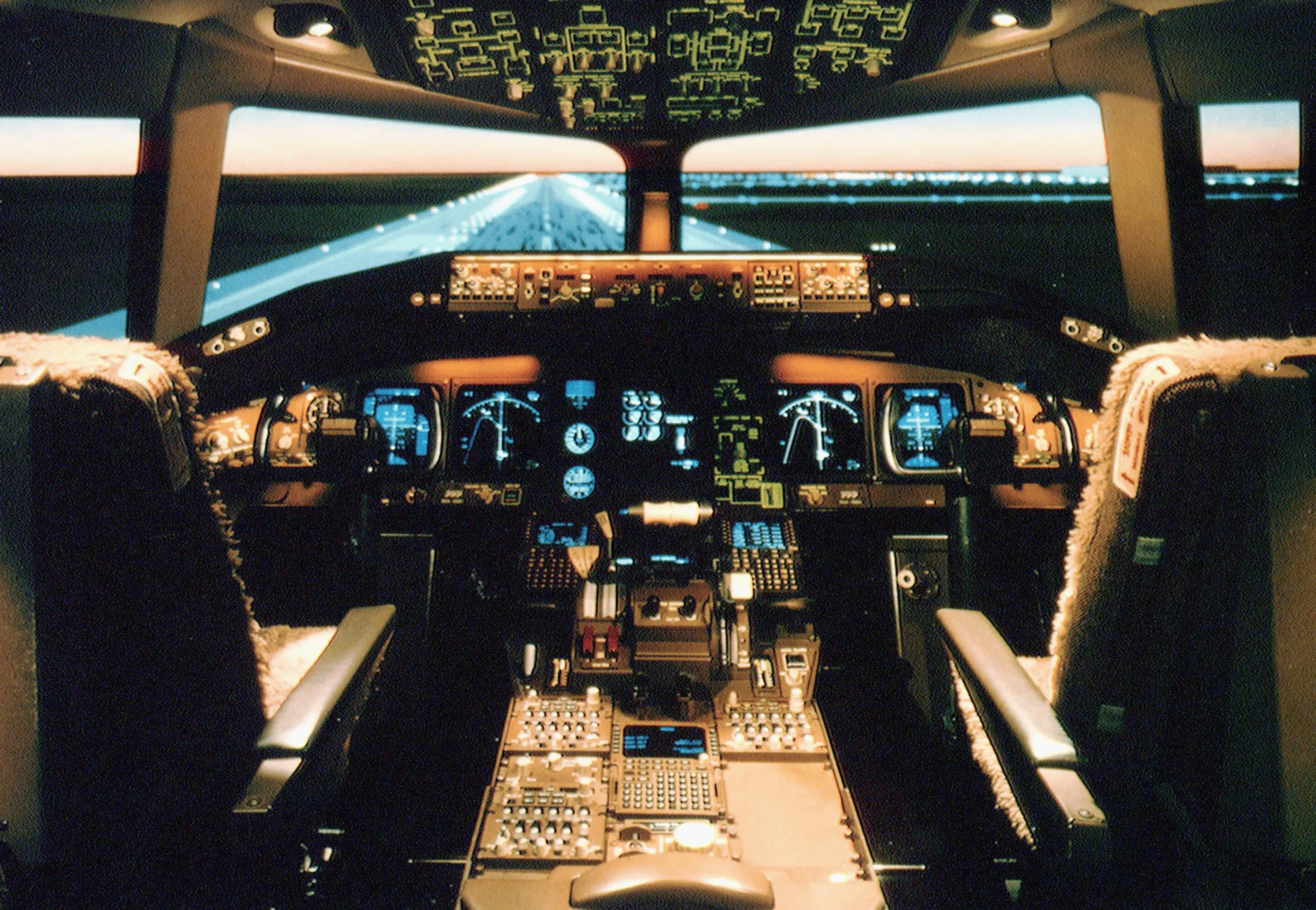
A Century of Innovation at Boeing
Boeing (NYSE: BA) has established itself as a cornerstone of the aerospace industry, recognized globally for its leadership in the design, manufacture, and sale of commercial jetliners, military aircraft, satellites, and defense systems. Over the course of more than one hundred years, Boeing has significantly influenced the trajectory of modern aviation. From pioneering early airmail routes to contributing to space exploration initiatives, the company’s aircraft have connected continents, supported national defense, and consistently pushed the boundaries of technological innovation. Boeing’s name has become synonymous with aerospace excellence and ingenuity.
Foundation and Early Development
The origins of Boeing trace back to William E. Boeing, a timber merchant whose interest in aviation was ignited after attending an air show in 1909 and experiencing his first flight in 1915. Dissatisfied with the aircraft available at the time, Boeing embarked on a mission to build superior planes. In 1916, collaborating with U.S. Navy officer Conrad Westervelt in a modest Seattle workshop, he constructed the "B&W" seaplane. Recognizing the commercial potential of aviation, Boeing formally incorporated his enterprise as Pacific Aero Products Co. on July 15, 1916, before renaming it Boeing Airplane Company in 1917.
Initially, Boeing’s business model centered on designing and manufacturing aircraft, with a particular focus on securing military contracts. The United States’ entry into World War I proved pivotal, as Boeing swiftly obtained a Navy order for 50 Model 2 seaplanes. This early success in military procurement was crucial to the company’s survival and growth during its formative years.
The post-World War I period, however, presented significant challenges. A surplus of military aircraft flooded the market, making competition difficult for new manufacturers. Boeing responded by diversifying its product offerings to include non-aviation goods such as furniture and flat-bottom boats. This strategic adaptability enabled the company to endure the economic difficulties of the era.
Expansion and Corporate Integration
The late 1920s marked a significant phase of expansion for Boeing, particularly with its entry into airmail services. In 1928, William Boeing founded Boeing Airplane & Transport Corporation, integrating both manufacturing and airline operations under one umbrella. This initiative led to the establishment of Boeing Air Transport, which soon merged with other carriers. The company’s inaugural airmail flight took place on July 1, 1927, signaling its commitment to commercial aviation.
By 1929, Boeing had rebranded as United Aircraft and Transport Corporation and acquired key manufacturers including Pratt & Whitney and Sikorsky Aviation. This vertical integration granted Boeing comprehensive control over the production process, from engines to airframes. In 1931, the corporation consolidated its airline holdings into United Airlines, further solidifying its position in the aviation market.
Navigating Contemporary Challenges
In the present day, Boeing confronts a complex array of challenges as it endeavors to reduce financial losses and recalibrate its business strategy. The company’s measured approach to expansion, alongside its involvement in NASA’s Artemis program, has elicited mixed responses from industry analysts. While Boeing has succeeded in narrowing its losses, its stock price has experienced significant volatility, reflecting investor uncertainty amid broader market fluctuations. Competitors remain vigilant, closely observing Boeing’s strategic decisions as the company strives to reinforce its market standing in an evolving aerospace landscape.
From its humble beginnings in a Seattle workshop to its current status as a leader in aerospace innovation, Boeing’s history is characterized by resilience, adaptability, and an unwavering commitment to progress, even as it navigates the complexities of a rapidly changing industry.

Europe Advances Aviation Sustainability Through SAF Mandates and Innovation

Lufthansa's Fleet Plans for 2025
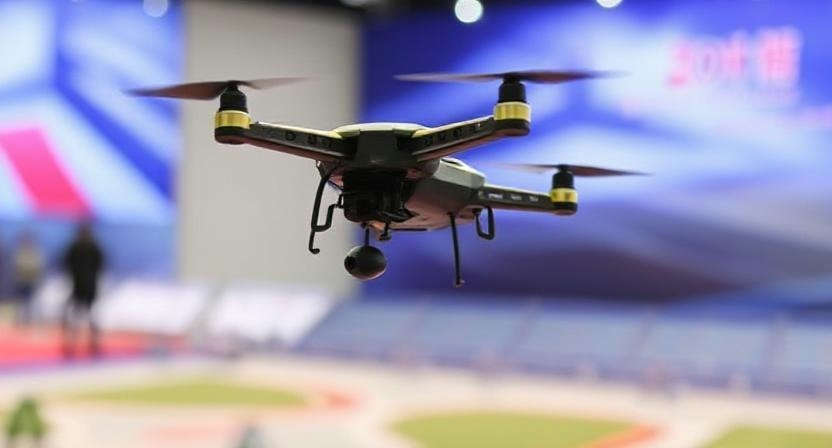
Fifteenth National Games Model Aviation Finals in Longhua Showcase Drone Sports and Innovation
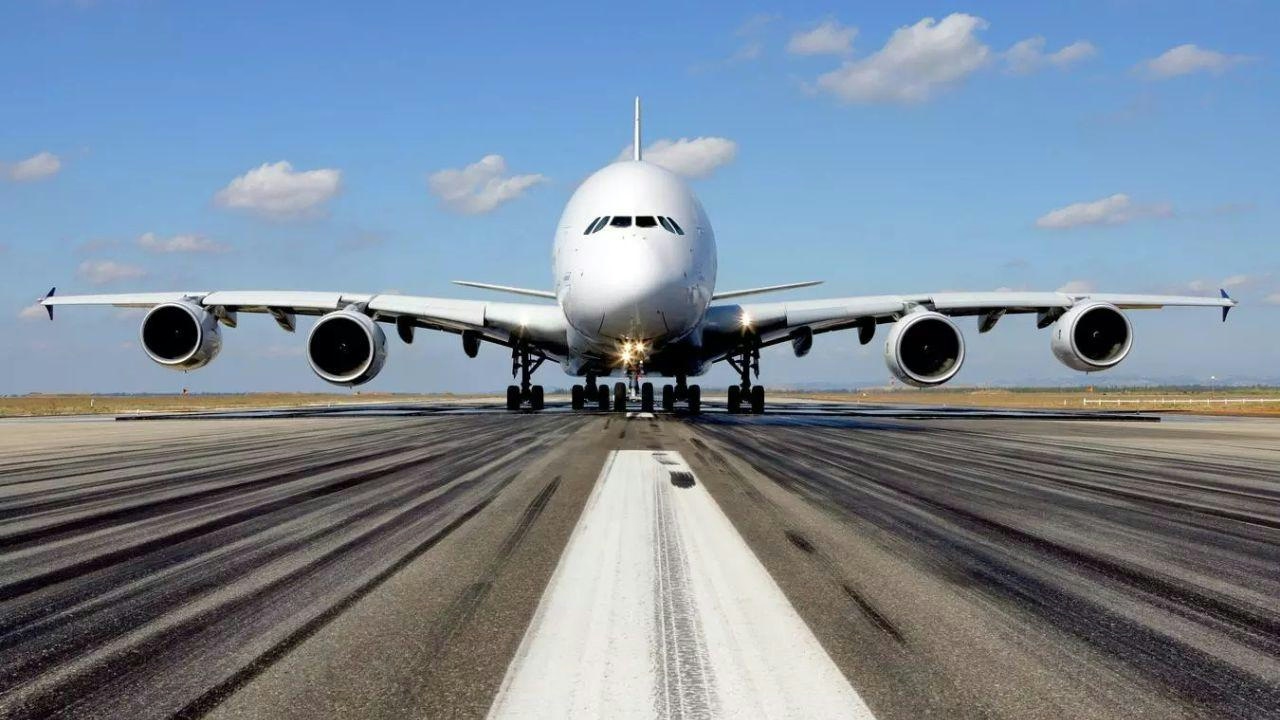
Brazilian Woman Becomes First Female Captain of Airbus A380
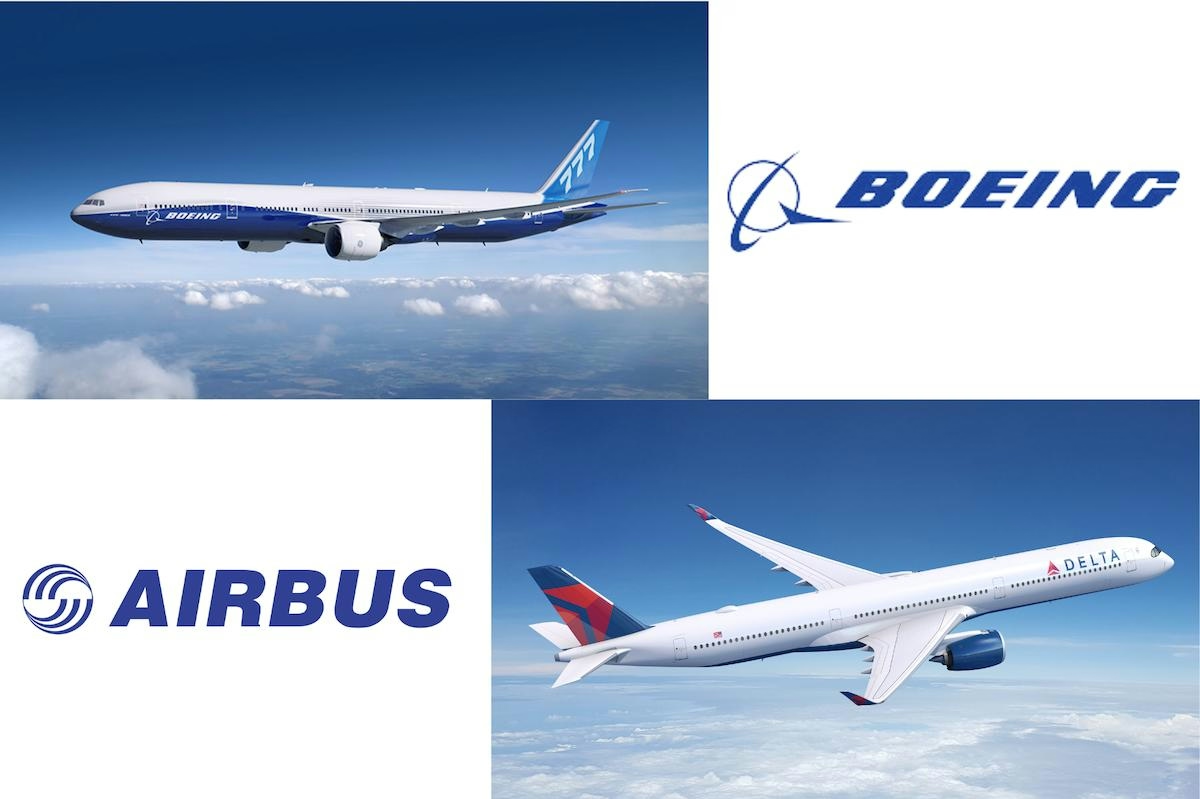
Airbus and Boeing: Comparing Their Global Reach

Vietjet Orders 100 Airbus A321neo Jets, Strengthening UK-Vietnam Strategic Partnership
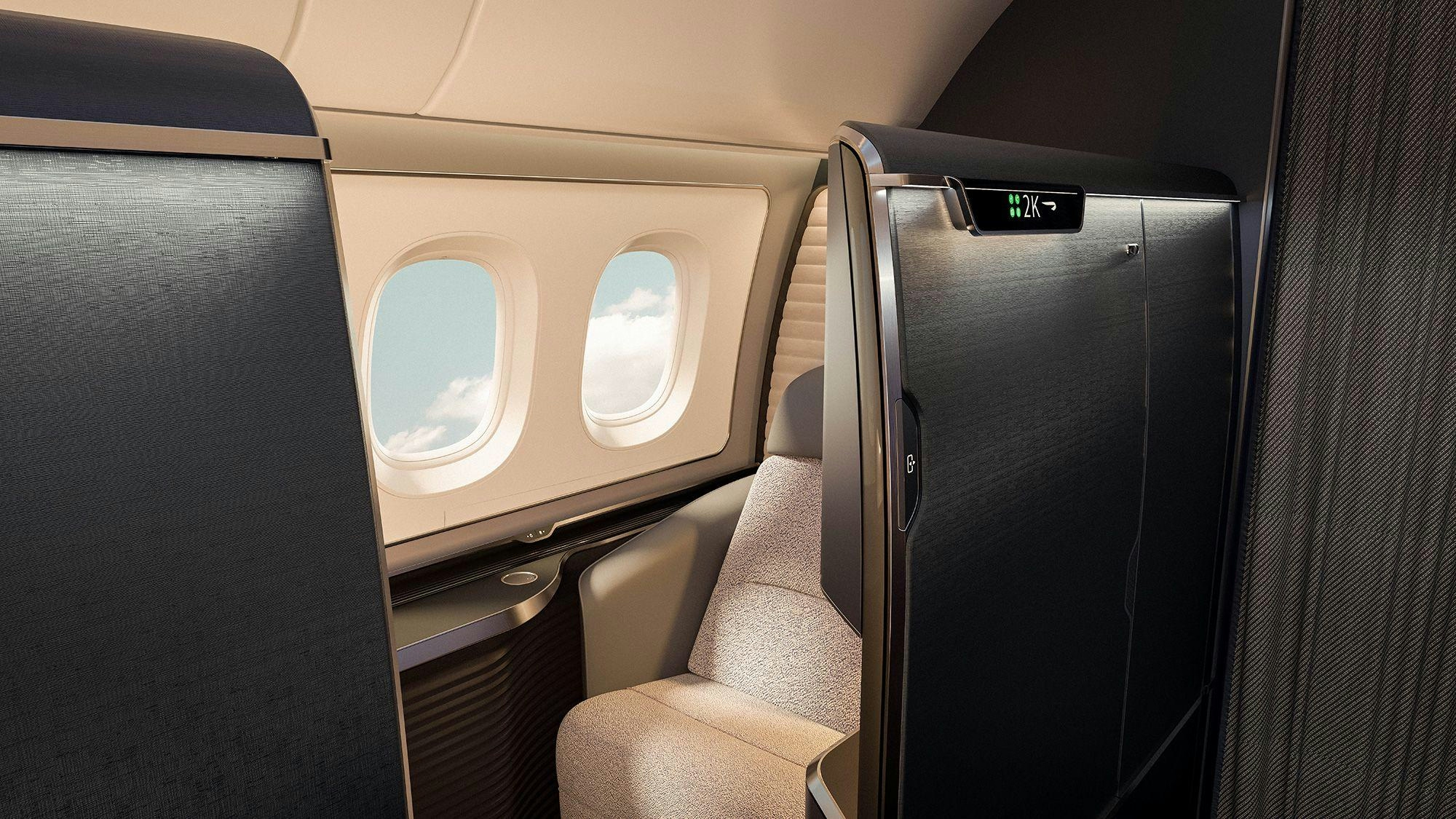
The Aircraft Set to Replace the Iconic Superjumbo

Delta Air Lines Introduces AI-Powered Concierge Service
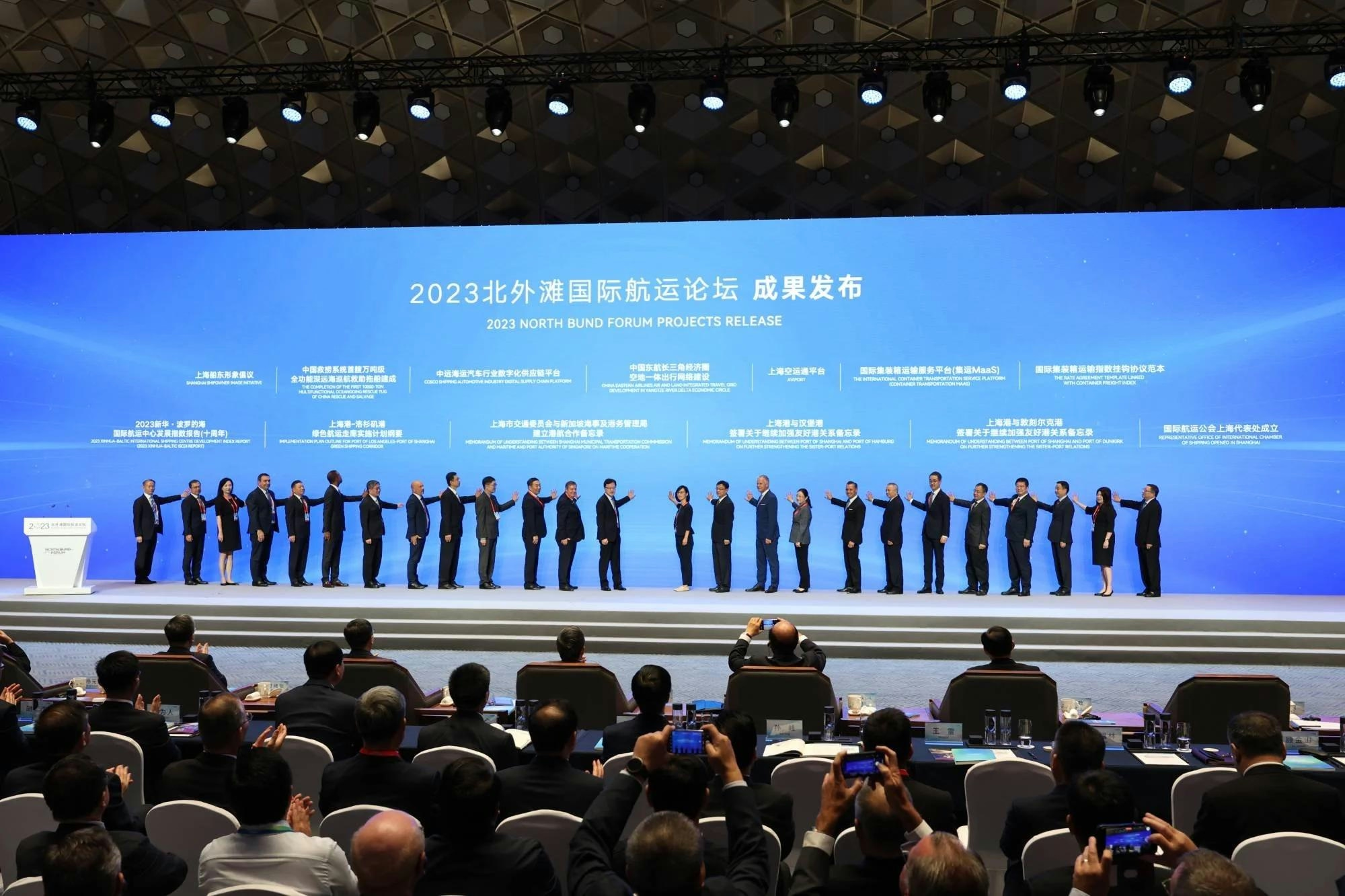
Shanghai to Host 2025 North Bund International Aviation Forum
